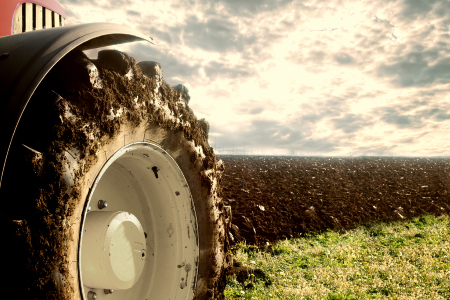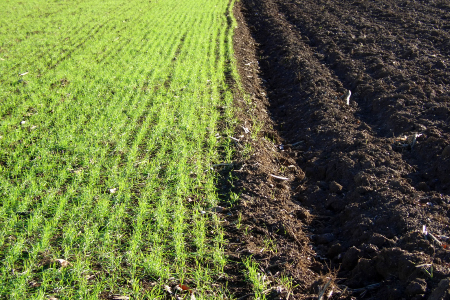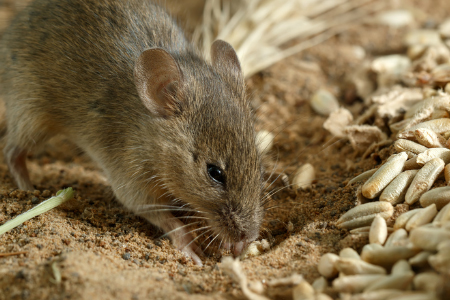Are USA Soil Erosion Rates Sustainable? By James J. Hoorman “The nation that destroys its soil, destroys itself.” Franklin Delano Roosevelt Soil is a gift of life and the basis for modern civilization. The soil provides humans with food, fiber for clothes, shelter (wood, bricks, metals), foundation for our buildings, medicines, and a place to live and play. The Natural Resource Conservation Service (NRCS) started as the Soil Erosion Service in 1933 as a part of the United States Department of Agriculture (USDA) under the direction of Hammond Bennett. During the Dust Bowl days and the 1930’3 Depression Era, soil and wind erosion was a major problem with erosion rates of 30-50 tons of topsoil lost per acre per year. Blowing wind and water erosion were rampant throughout the country, displacing millions of tons of soil annually. To reduce soil erosion, various conservation practices were utilized and implemented throughout the 20th century. In the 1980’s, conservation tillage practi...



